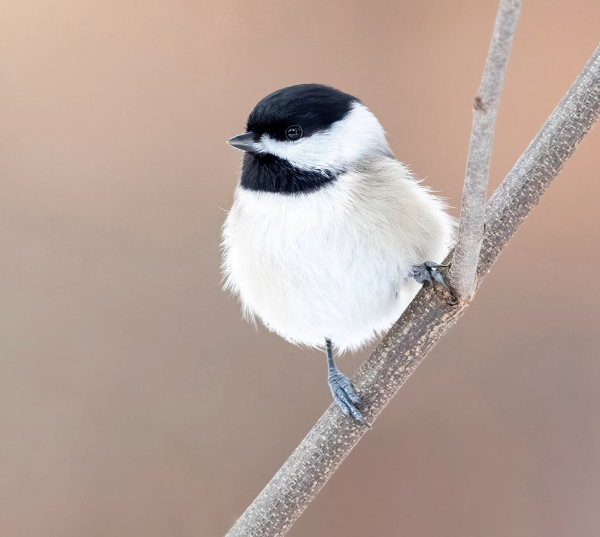Great Backyard Bird Count Feb. 17-20
GW: Bird watchers simply count the number and species of birds they see for at least 15 minutes on one or more days of the count.
LITTLE ROCK – The 20th annual Great Backyard Bird Count will draw bird-watching enthusiasts from all walks of life to take a little extra note of our feathered friends this February 17-20. All it takes to participate is a little extra time and an eye for detail to identify birds you see.
The GBBC is one of the largest and longest-running internet-based, citizen science programs, with more than 160,000 bird watchers in more than 100 countries participating. According to a release from the Audubon Society, last year’s count reported 5,689 species – more than half the known bird species in the world.
The GBBC is a joint project of the Cornell Lab of Ornithology and the National Audubon Society with partner Bird Studies Canada and is made possible in part by sponsor Wild Birds Unlimited.
To participate, bird watchers simply count the number and species of birds they see for at least 15 minutes on one or more days of the count. Participants enter their checklists at birdcount.org, and all the data is compiled to give a snapshot of bird species distribution and abundance. Twenty years of data is compared to identify trends in species and their distribution.
“The very first GBBC was an experiment,” said the Cornell Lab of Ornithology’s Marshall Iliff, a leader of the eBird program. “We wanted to see if people would use the Internet to send us their bird sightings. Clearly the experiment was a success!” eBird collects bird observations globally every day of the year and is the online platform used by the GBBC.
Karen Rowe, nongame migratory bird program coordinator for the Arkansas Game and Fish Commission says the GBBC is an excellent example of how every individual can help make a difference in learning more about how weather and other factors are affecting the birds.
“Many people just assume that it’s just biologists and ornithologists that are out conducting surveys, but by adding all the birders information gathered in counts like this, we can really see things on a large scale,” said Rowe. “Every person involved can make a significant difference.”
Rowe says the timing of the GBBC makes it possible to see how shifting weather patterns can impact species and populations.
“The influx of Snowy Owls during the count in 2014 verified the thoughts that this species was beginning to move further southward,” Rowe said. “And with this winter’s unusually warm weather, it’s really going to be interesting to see what patterns develop.”
Another benefit for birders during the count is the ability to see many different species visiting their feeders. Food is harder to find during late winter, so feeders become much more attractive to birds than is the case during spring or summer counts. Many species also have begun working their way back north for their spring migration, adding to the variety of species found in The Natural State.
“Often shifts in species or populations in birds can be the little red light in your car telling you what’s going on,” Rowe said. “Impacts to birds from weather or other factors may be something that could affect people down the line, so keeping a watch on the birds is important for everyone, not just birders.”
Photographers also are encouraged to participate in the count, as a special photography contest was introduced in 2006. Since then, tens of thousands of stunning images have been submitted. For the 20th anniversary of the GBBC, the public is invited to vote for their favorite top photo from each of the past 11 years in a special album they will find on the GBBC website home page. Voting takes place during the four days of the GBBC.
Learn more about how to take part in the Great Backyard Bird Count at www.birdcount.org.






